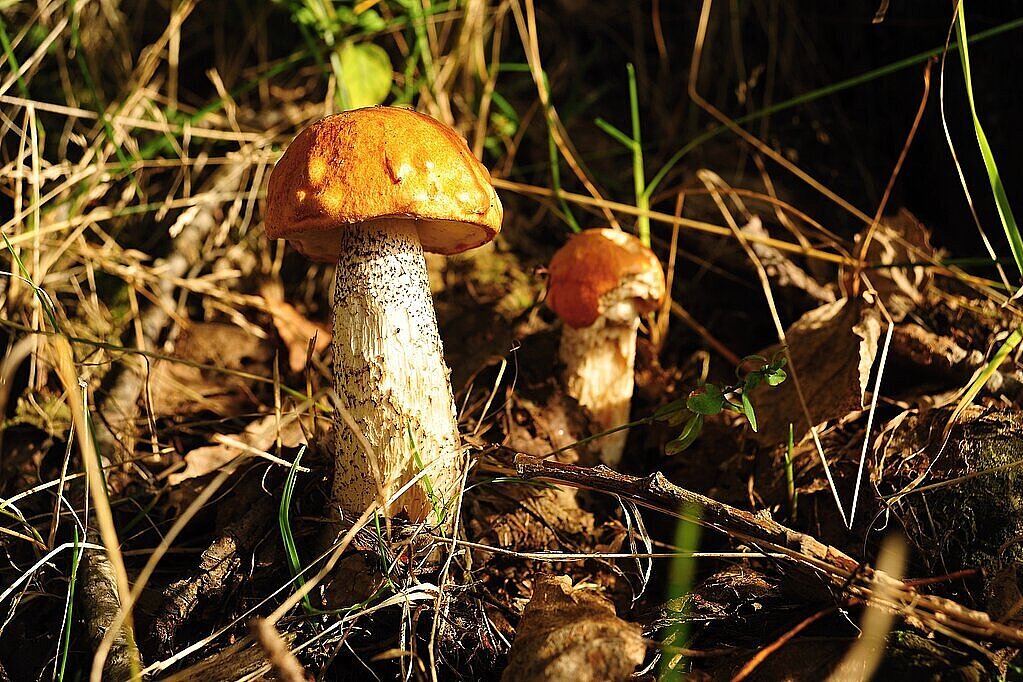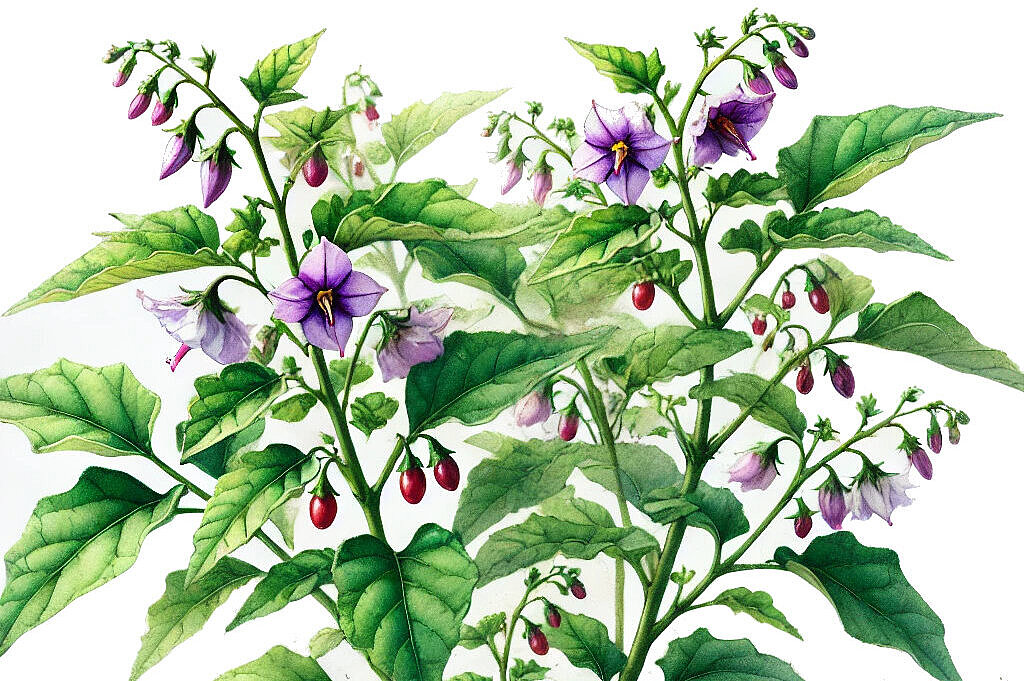Coniine

There are numerous plant substances in nature that can be toxic to animals. One such substance that deserves special attention is coniine, an alkaloid found primarily in the hemlock plant. This article looks at what exactly coniine is and examines the potential risks and benefits of its existence in relation to dogs. It is important that dog owners are aware of this natural hazard in order to avoid poisoning and protect the health of their faithful companions.
What is coniine?
Coniine is a toxic alkaloid that is primarily found in the genus Conium, especially in spotted hemlock (Conium maculatum). It is a colorless to slightly yellowish liquid that is highly toxic even in small quantities. Coniin acts on the central nervous system and can lead to severe symptoms of poisoning if ingested.
The effect of Coniin
After ingestion, coniine disrupts the normal function of neuromuscular connections, leading to progressive muscle paralysis. Initially, mainly the peripheral nerve endings are affected, but later the paralysis spreads to the central parts of the nervous system. In the worst case, this can lead to respiratory paralysis and ultimately to death.
Risks for dogs
Acute risk of poisoning
Coniin poses a serious threat to dogs. Curiosity and the natural instinct to explore and chew plants can lead them to consume parts of the hemlock plant. Symptoms of coniin poisoning can occur shortly after ingestion and include tremors, salivation, unsteady gait, progressive muscle weakness and, in severe cases, respiratory distress.
Long-term health risks
In addition to the acute symptoms of poisoning, exposure to coniin can also pose long-term health risks to dogs, especially if small amounts are ingested regularly. Long-term effects can include chronic nerve damage and permanent impairment of muscle control.
Benefits of Coniin?
While coniine is toxic to dogs and many other creatures, it plays a protective role in the ecology of the plant that produces it. It serves as a natural defense mechanism against herbivores that might otherwise use the plant as a food source. For dogs, however, there are no direct benefits that could outweigh the risks of exposure to coniin.
It is clear that the risks that Coniin poses to dogs must be taken seriously. The best strategy to ensure the health and safety of your dog is prevention. This includes:
- Educating yourself about poisonous plants and identifying the presence of hemlocks in the area to avoid contact.
- Supervising your dog during walks, especially in areas where poisonous plants are common.
- Training on the symptoms of poisoning so that you can act quickly in an emergency.
In conclusion, although coniin is a natural substance with an important ecological function, its presence in our dogs' environment is a potential danger. Through vigilance, caution and education, dog owners can help protect their beloved four-legged friends from this invisible danger.
If you notice any signs of hypersensitivity or poisoning in your dog, you should see your vet immediately. We are not a substitute for a vet, but we try to be as accurate as possible. Every dog reacts differently and we recommend you get a second opinion or consult your vet if in doubt.
Stay healthy and take good care of your four-legged friend!😊
Similar to Coniine
What is muscarine? Muscarine is a so-called alkaloid, i.e. a nitrogen-containing substance that is formed in plants or animals. It is a parasympathomimetic, i.e. a substance that mimics the effect of...
Atropine is one of the so-called anticholinergics, which means that it inhibits the effect of acetylcholine, a messenger substance in the nervous system. Acetylcholine is involved in many processes...
Nicotine has a similar effect on dogs as it does on humans, except that dogs are much more sensitive to it. Nicotine binds to special receptors in the brain and triggers a series of chemical...
Scopolamine is a so-called parasympatholytic, which means that it blocks the receptors for acetylcholine at the ends of the nerve fibers that originate from the parasympathetic nervous system. The...



